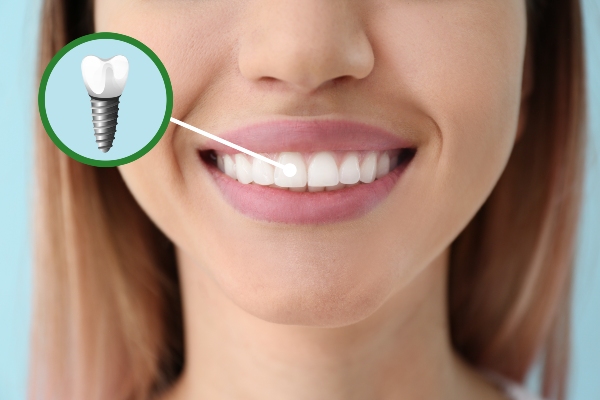 Dental bridge placement will need two visits. The patient will go through a short process that will not be invasive at all. The result will improve the patient’s dental and general health. Knowing the placement process for this restoration can help prepare you for your next visit. Here is the placement process for a dental bridge.
Dental bridge placement will need two visits. The patient will go through a short process that will not be invasive at all. The result will improve the patient’s dental and general health. Knowing the placement process for this restoration can help prepare you for your next visit. Here is the placement process for a dental bridge.
Assessing the mouth
This happens before the placement of the dental bridge. In this visit, the dentist will examine the patient’s mouth. Scans and a physical dental exam will help map out the patient’s mouth. The dentist will see if the patient has other issues like gum disease or jawbone loss as well. Discussing the different types of bridges will follow. This will allow the patient to make informed decisions about the dental bridge placement.
Dental bridge placement, part one
A traditional bridge will need healthy teeth on both sides of the dental gap. The patient who has healthy natural teeth will go through tooth preparation right away. A local anesthetic will numb the target natural teeth. Grinding down a significant portion of their dental structures will come next. This will allow the crowns to fit over the abutment teeth.
Taking impressions of the prepared teeth will follow. The impressions will help the dental lab create custom-fit permanent dental crowns for the abutment teeth. They will also guide the pontics that will fill the dental gap. The dentist will match the color and texture of the crown and pontics with the color and texture of the surrounding natural teeth.
Some patients have healthy gums and jawbones but damaged abutment teeth. Others may not have healthy natural teeth to serve as abutment teeth. This is when the dentist may suggest dental implants for abutment teeth. The process of getting implants will be a lengthy one because of the recovery time involved. While healing, the patient will wear a temporary dental bridge and dental crowns.
Dental bridge placement, part two
The second appointment for dental bridge placement will involve fitting the pontics and dental crowns. A local anesthetic will prevent the patient from having a painful experience. Cementing the crowns in place will follow with the help of a curing light. This light will harden the cement.
Trying the patient’s bite with the pontics and dental crowns on will follow. They may feel bulky at first. The dentist will ask the patient to bite on the treated teeth. The patient may feel strange about the new restorations. But this feeling will pass as the patient adapts to the new restorations. After the final adjustments, the patient can go home with a new, strong smile.
Follow-up visits
The patient must follow the aftercare instructions. Changing the types of food and drinks after getting a dental bridge is necessary while adapting to this type of restoration. The dentist will explain these aftercare steps. These will include proper oral care tips. Proper care and maintenance can make a dental bridge last for a long time.
Your dentist will guide you through the placement of your dental bridge
Dealing with many missing teeth can be extra challenging. The dentist will determine the right type of bridge for you after a thorough evaluation. Discussing these variations can help you make informed decisions about your treatment. Working with your dentist can help prolong the life span of your dental bridge.
Request an appointment or call Lalangas Family Dentistry at 972-534-6008 for an appointment in our Dallas office.
Related Posts
There are many ways to replace lost teeth, and dental bridges are an effective and long-lasting option for people looking to replace missing teeth. Bridges can help restore both the appearance and function of your smile. Learning about the basics, uses, and benefits of bridges can help you decide if they are the right choice…
Losing a tooth can impact oral health and confidence, making a dental bridge or implant a crucial option to consider. Our dentist can use a dental bridge to restore the appearance and functionality of a smile with a sturdy artificial replacement. By understanding these tooth replacement methods, patients can make an informed decision on the…
Missing teeth can negatively impact your smile's appearance and health. However, there are treatments out there that can help. Dental bridges are a common dental restoration that can improve oral health and enhance your smile. A dental bridge can be an effective solution if you have lost a tooth due to decay, injury, or other…


